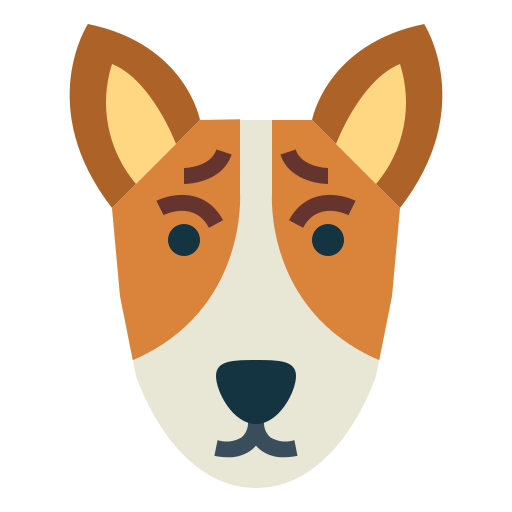Leash Aggression or Protective Instincts?
-
Doodle temperament has changed lately... maybe, maybe not. I'm not sure. For the last 2 years (almost) I have been taking doodle on a daily 3 mile walk. I've been having trouble with my hip the last couple of months and her 3 mile walks are more like one (or two if I'm up to it). A serious dip in exercise for her, but she has been a trooper and seems to understand what's going on. That isn't the only change though.... Over the past week I've noticed that doodle is prone to little snarky moments around other dogs while we are out walking.
Example: Today a rather large Lab got away from his owner and came bounding over to play. He was being a typical dog and really wanted to play, but he got too close and I started to loose my balance. Doodle became "aggressive" and tried to get the Lab to back off. Growling, snapping. New behavior for doodle.
So, is this more likely to be "leash aggression"? Or is doodle sensing that I'm not 100% and trying to protect me? (I'll be fine, btw.) Any opinions?
-
She almost certainly senses you are not 100%. Basenjis do. They are very atune to anything wrong with their owners.
She may be protecting you, she may have some niggling annoyance of her own which bothers her but which is not serious enough for you to notice it.
-
She may also be getting less forgiving of bad behavior as she gets older. In my experience adult Basenjis adhere to a certain code of conduct when meeting new dogs. Part of that is approaching slowly and not immediately getting in their face. They expect similar behavior from other dogs. A dog running up to them would violate the standard and might elicit a snark and a response. As long as it's not overly aggressive I wouldn't give it a thought. Chalk it up to a good learning experience for the other dog.
FWIW they have a different standard for puppies. They will give them more leeway. Doesn't mean they won't snark at them but it's more like trying to dissuade them -- defense not offense.
